Volkswagen XL1 review, test drive
The VW XL1’s sole reason to be is to go as far as possible on a litre of diesel. Hormazd Sorabjee drives this extraordinary car.
Published on May 31, 2015 04:35:00 PM
5,13,971 Views
Follow us on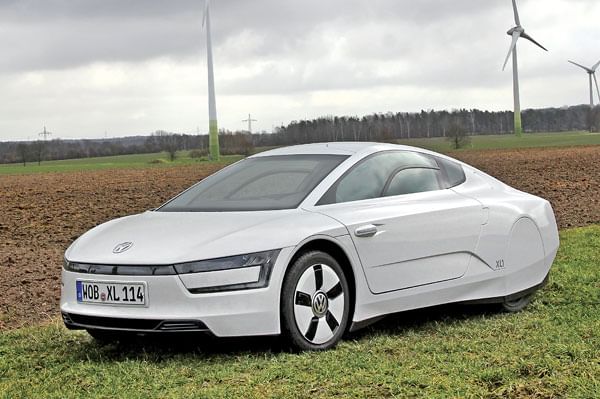
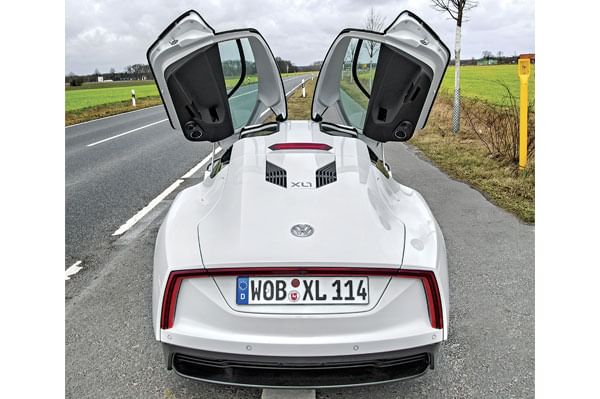

Every bit of the XL1’s surface has been honed to cheat the wind. It’s a classic teardrop shape with the body tapering at the rear. The rear wheels are enclosed to make the car as slippery as possible through air. It has a drag coefficient of just 0.189, which must be a record for any production car.
But it’s not just the aerodynamic shape that contributes to the XL1’s staggering fuel efficiency. Weight, or rather, the lack of it, possibly plays an even bigger role. The ultra-lightweight carbonfibre monocoque and aluminium bits keep it down to a very impressive 795kg. I say very impressive because that includes a 60kg lithium-ion battery pack, air-conditioning and hefty crash structures to ensure a good Euro NCAP rating.
Everything about the XL1 is pint-sized to reduce drag and weight. Right from the weedy 115/80 tyres up front (145/ 55 at the rear) to the tiny cameras that replace the rear mirrors. Even the fuel tank, just 10 litres, is smaller than a bike’s.
Slipping into the XL1 is an event. The forward-hinged gullwing doors open with drama, stepping over the fat sill to access the cabin is quite a hurdle, and once you drop down into the slim driver’s seat, you realise you’re only inches above the tarmac.
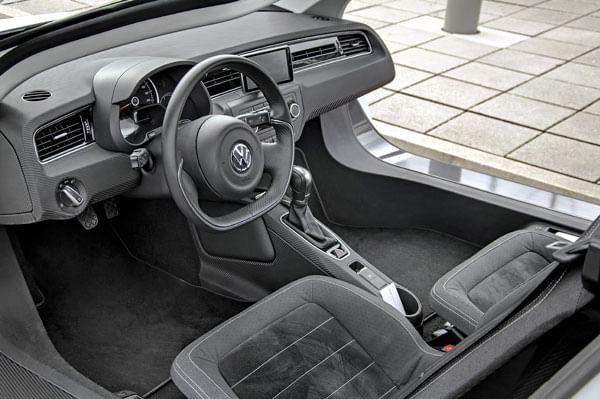
The XL1 is a pure two-seater, but the clever bit is the staggered seating which lets the driver sit slightly ahead of the passenger. This is to allow a crucial bit of extra shoulder room in such a narrow cabin. In contrast to the exterior, the dashboard is very straightforward. It’s a simple design with lots of familiar VW switchgear from cars as basic as the Polo.
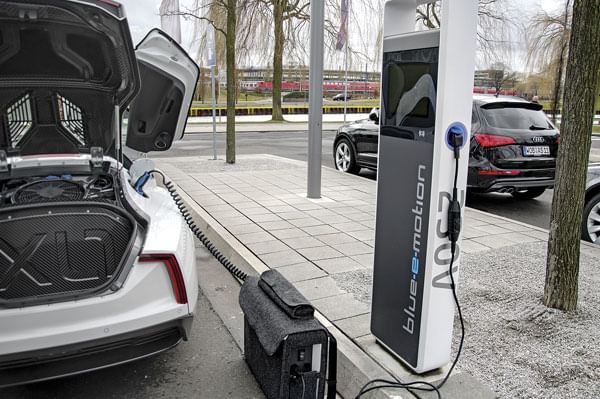
The primary power source for the XL1 is our good old Polo’s 1.6 TDI engine cut in half and placed in a mid-engine layout behind the cabin. This 830cc twin-cylinder diesel, which produces 47bhp, works in series with a 27bhp electric motor. The total power output of 74bhp in a car so light results in a claimed 0-100kph time of 12.7 seconds.
Copyright (c) Autocar India. All rights reserved.




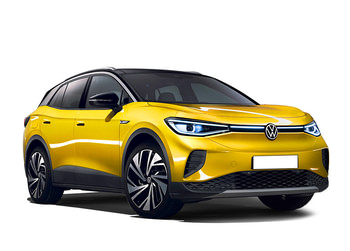
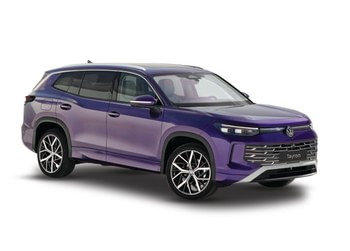

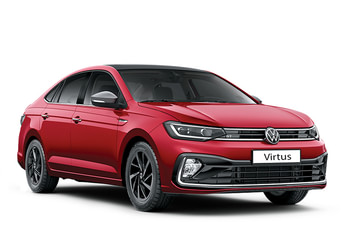
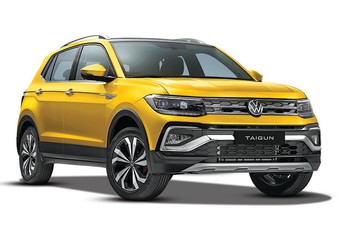


Comments
Member Login
Personal Details
No comments yet. Be the first to comment.